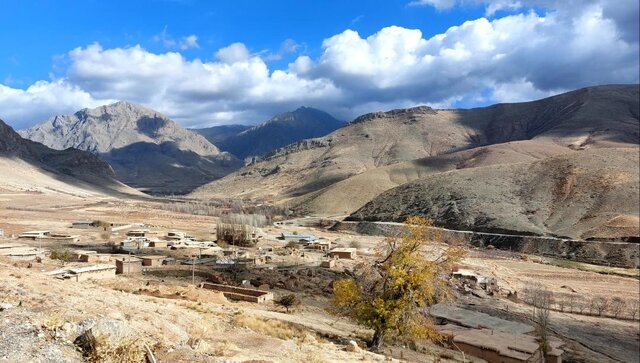Historical site in western Iran on the verge of sinking

TEHRAN – Archaeologists have discovered a number of historical areas in the basin of the newly constructed dam of Qeshlaq Sahneh in the western province of Kermanshah.
However, the historical areas, dating back to the Parthian and Islamic eras, are in danger of sinking whenever the nearby dam’s water flows, ISNA quoted archaeologist Shaqayeq Hurshid as saying on Monday.
Upon agreement between the Research Institute of Cultural Heritage & Tourism, and the Water and Wastewater Department of Kermanshah, a team of archaeologists has been sent to this region to examine and identify the archeology of the basin, she added.
All findings have been carefully documented so far, she explained.
Earlier last week, archaeologists warned that as a result of the water release in Charmshir Dam in southwest Iran a large area of a Sassanid-Islamic site will be completely submerged.
Although some 120 ancient sites were identified in the Chamshir Dam area during the initial speculation, rescue excavations have only been conducted at a limited number of these sites, an archaeologist said.
Establishing a primary residence at Ctesiphon, on the Tigris River in southern Mesopotamia, Parthian kings ruled for nearly half a millennium and influenced politics from Asia Minor to northern India, until they were overthrown by Sasanian armies from southwest Iran in the early third century CE.
Parthian wealth obtained through lucrative trade networks resulted in substantial patronage of the arts, in particular, relief sculpture, statuary (large and small scale), architectural sculpture, metalwork, jewelry, and ceramics; coins with images of Parthian rulers form another important category of objects.
Kermanshah embraces a variety of awe-inspiring historical sites, including Taq-e Bostan and the UNESCO-registered Bisotun.
Kermanshah was founded in the 4th century CE by Bahram IV of the Sassanid dynasty. Conquered by the Arabs in 640, it was called Qirmasin (Qirmashin). Under the Seljuk rule in the 11th century, it was the chief town of Kordestan. The Safavids (ruled 1501–1736) fortified the town, and the Qajars repulsed an attack by the Turks during Fath Ali Shah’s rule (1797–1834). Occupied by the Turkish army in 1915 during World War I, it was evacuated in 1917. The construction of a road in the 1950s over the age-old Khorasan track added considerably to the importance of the city.
ABU/AM

Leave a Comment